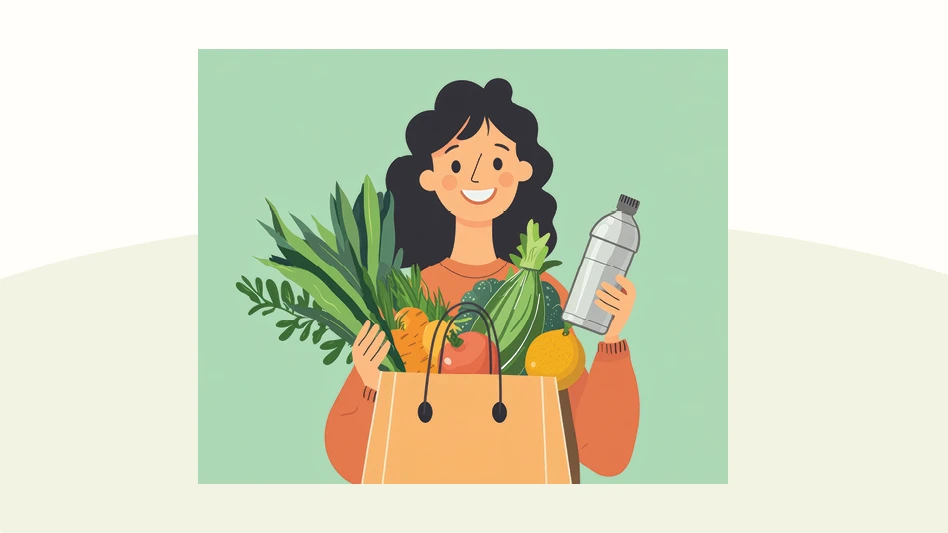 New Hampshire residents, aka Granite Staters, are willing to pay more for locally grown fruits and vegetables, according to preliminary findings of new research funded by the NH Agricultural Experiment Station at the University of New Hampshire. This is the first study of New Hampshire consumer preferences for locally grown, fresh produce, which is a growing area of the state’s agriculture industry.
New Hampshire residents, aka Granite Staters, are willing to pay more for locally grown fruits and vegetables, according to preliminary findings of new research funded by the NH Agricultural Experiment Station at the University of New Hampshire. This is the first study of New Hampshire consumer preferences for locally grown, fresh produce, which is a growing area of the state’s agriculture industry.
John Halstead, professor of environmental and resource economics, and his team of researchers met with New Hampshire farmers and surveyed 200 Granite Staters for their research project “Sustaining and Enhancing Local and Organic Agriculture: Assessing Consumer Issues in New Hampshire.” The research will be presented in a forthcoming issue of the journal Agroecology and Sustainable Food Systems.
“We found that the top reasons those surveyed purchase local, fresh produce are concern for healthy eating, quality of the produce, and to support local farms. This is true across all age, education, income, and gender levels. The top reasons they purchase organic fresh produce are concerns for healthy eating and reduced pesticide exposure,” Halstead said.
Granite Staters surveyed spend about 21 percent of their grocery budget on fresh produce. On average, they were willing to pay 35 percent more for local green beans and snap peas and 55 percent more for local cucumbers. Organic premiums were lower, approximately 30 percent and 25 percent for green beans and cucumbers, respectively. “This indicates that consumers value ‘local’ more than ‘organic,’ and gives important price information to producers that they can weigh against their production costs in deciding what and how much to produce,” Halstead said.
Those surveyed said word of mouth was their primary source of information on where to purchase local or organic fresh produce. In addition, most Granite Staters surveyed said they still buy fresh produce at the grocery store, not the farmer’s market or directly from farms, such as farms involved with Community Supported Agriculture (CSA).
“Receiving information about where to purchase local fresh produce through word of mouth, lack of information as a reason for not purchasing local fresh produce, and the perceived lack of availability of local fresh produce may explain why more people are not using farmers markets and direct from producer sources,” Halstead said.
By assessing the potential for local agriculture in Northern New England, the researchers aim to provide more information on the potential for producing more locally demanded products and the premium the region’s residents are willing to pay. According to the USDA Census of Agriculture, New Hampshire ranks second in the nation with farms that have direct sales to consumers, and summer and fall farmers markets and farm stands are widespread across the state.
“While there have been studies on local and organic agriculture in other areas of the United States, there is not broad understanding of consumer preferences in New England, and more specifically, New Hampshire. Being able to compare New Hampshire’s preferences to other areas of the United States can help identify national and regional trends, and facilitate understanding of what consumers consider ‘local,’ and how often they might purchase local and organic fresh produce,” Halstead said.
Researchers soon will launch a much larger three-state study that will survey thousands of consumers and dozens of farmers about buying locally grown food. The project “Sustaining and Enhancing Local Agriculture in Rural Areas: Assessing Key Producer and Consumer Issues in Northern New England” is funded by USDA/AFRI for three years, and includes Kathleen Liang from the University of Vermont and Todd Gabe and James McConnon from the University of Maine, as well as other collaborators from our research faculty and Cooperative Extension.
This material is based upon work that is supported by the National Institute of Food and Agriculture, U.S. Department of Agriculture, under award number 233237.





